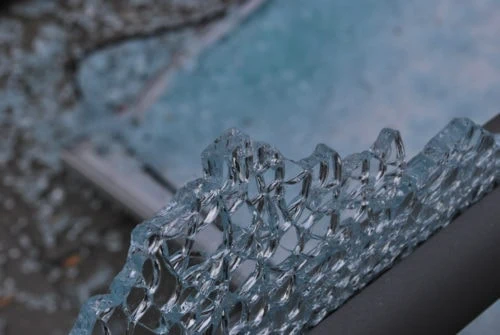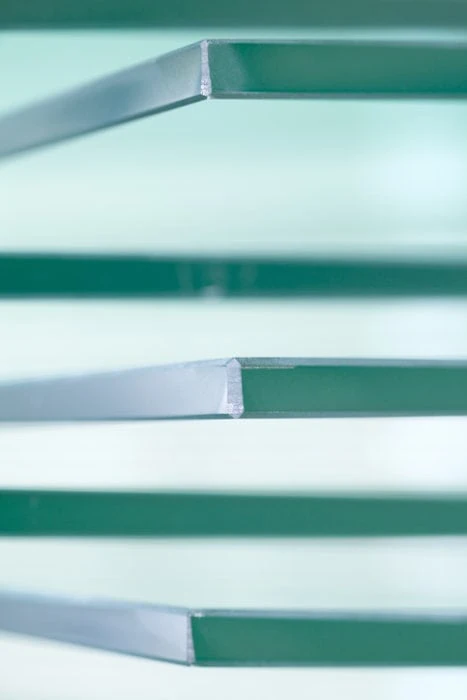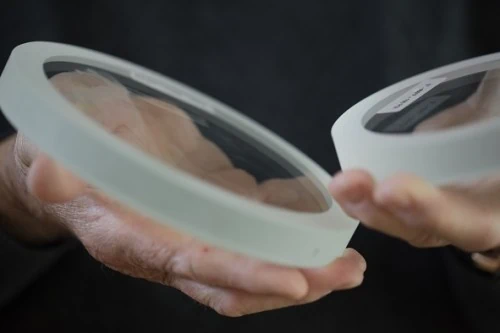Tempered glass is one of the most popular choices for applications in which traditional, or annealed, glass may pose a safety hazard.
For nearly 100 years, Swift Glass has been providing quality custom glass fabrication services for a wide range of industries. To provide insight on the thermal glass tempering process and its various benefits, our experts have provided answers to some of the most common questions we field here.
Check out the FAQs below.
Learn More
Curious to learn more about tempered glass and its various uses? Download our comprehensive eBook, “Creating Glass That Withstands Extreme Environments.”






